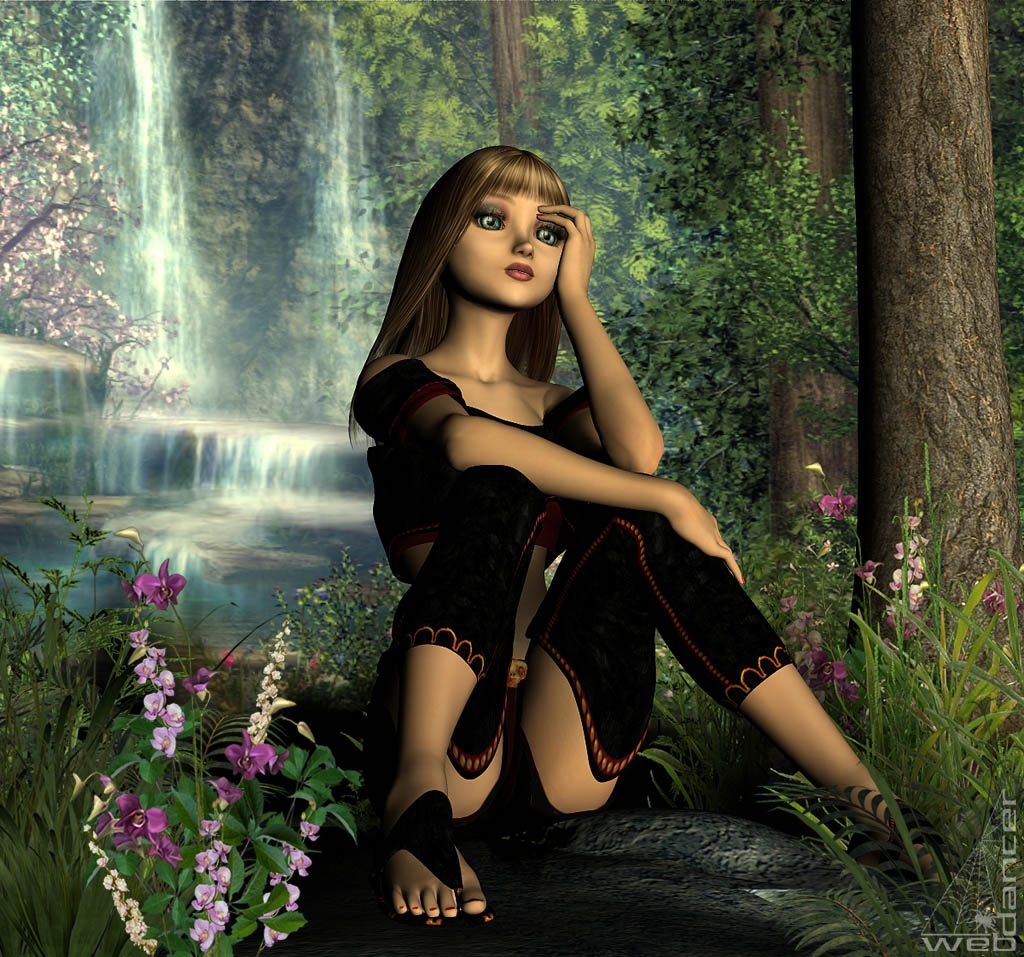One popular belief was that they were
the dead, or some subclass of the dead. The Irish banshee (Irish
Gaelic bean sí or Scottish Gaelic bean shìth, which
both mean "fairy woman") is sometimes described as a ghost. The
northern English Cauld Lad of Hylton, though described as a murdered
boy, is also described as a household sprite like a brownie, much of
the time a Barghest or Elf. One tale recounted a man caught by the
fairies, who found that whenever he looked steadily at one, the
fairy was a dead neighbor of his. This was among the most common
views expressed by those who believed in fairies, although many of
the informants would express the view with some doubts.
Another view held that the fairies were
an intelligent species, distinct from humans and angels. In alchemy
in particular they were regarded as elementals, such as gnomes and
sylphs, as described by Paracelsus. This is uncommon in folklore,
but accounts describing the fairies as "spirits of the air" have
been found popularly.
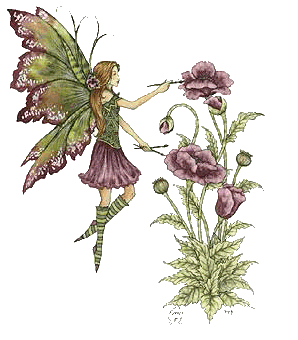
A third belief held that they were a
class of "demoted" angels. One popular story held that when the
angels revolted, God ordered the gates shut; those still in heaven
remained angels, those in hell became devils, and those caught in
between became fairies. Others held that they had been thrown out of
heaven, not being good enough, but they were not evil enough for
hell. This may explain the tradition that they had to pay a "teind"
or tithe to Hell. As fallen angels, though not quite devils, they
could be seen as subject of the Devil.
A fourth belief was the fairies were
devils entirely. This belief became much more popular with the
growth of Puritanism. The hobgoblin, once a friendly household
spirit, became a wicked goblin. Dealing with fairies was in some
cases considered a form of witchcraft and punished as such in this
era. Disassociating himself from such evils may be why Oberon, in
A Midsummer Night's Dream, carefully observed that neither he
nor his court feared the church bells.
The belief in their angelic nature was
less common than that they were the dead, but still found
popularity, especially in Theosophist circles. Informants who
described their nature sometimes held aspects of both the third and
the fourth view, or observed that the matter was disputed.
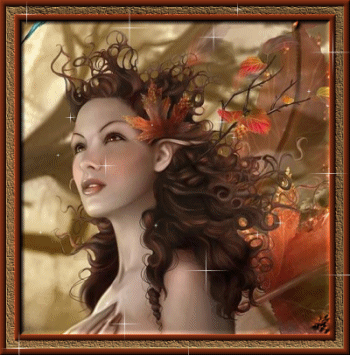
A less-common belief was that the
fairies were actually humans; one folktale recounts how a woman had
hidden some of her children from God, and then looked for them in
vain, because they had become the hidden people, the fairies. This
is parallel to a more developed tale, of the origin of the
Scandinavian huldra.
A story of the origin of fairies appears
in a chapter about Peter Pan in J. M. Barrie's 1902 novel The
Little White Bird, and was incorporated into his later works
about the character. Barrie wrote, "…when the first baby laughed for
the first time, its laugh broke into a thousand pieces, and they all
went skipping about, and that was the beginning of fairies."
Many of the Irish tales of the Tuatha Dé
Danann refer to these beings as fairies, though in more ancient
times they were regarded as Goddesses and Gods. The Tuatha Dé were
spoken of as having come from Islands in the north of the world, or,
in other sources, from the sky. After being defeated in a series of
battles with other Otherworldly beings, and then by the ancestors of
the current Irish people, they were said to have withdrawn to the
sídhe (fairy mounds), where they lived on in popular imagination
as "fairies."
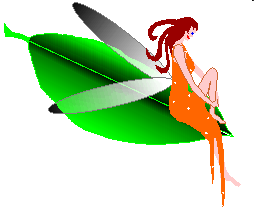
One common theme found among the Celtic
nations describes a race of diminutive people who had been driven
into hiding by invading humans. They came to be seen as another
race, or possibly spirits, and were believed to live in an
Otherworld that was variously described as existing underground, in
hidden hills (many of which were ancient burial mounds), or across
the Western Sea.
In old Celtic faery lore the sidhe
(fairy folk) are immortals living in the ancient barrows and cairns.
The Tuatha de Danaan are associated with several Otherworld realms
including Mag Mell (the Pleasant Plain), Emain Ablach
(the Fortress of Apples or the Land of Promise or the Isle of
Women), and one of the most well known Tir na nÓg (the Land
of Youth).
The concept of the Otherworld is also
associated with the Isle of Apples, known as Avalon in the Arthurian
mythos (often equated with Ablach Emain). Here we find the
Silver Bough that allowed a living mortal to enter and withdraw
from the Otherworld. According to legend, the Faery Queen sometimes
offered the branch to worthy mortals, granting them safe passage and
food during their stay.
Some 19th century archaeologists thought
they had found underground rooms in the Orkney islands resembling
the Elfland in Childe Rowland. In popular folklore, flint arrowheads
from the Stone Age were attributed to the fairies as "elf-shot". The
fairies fear of iron was attributed to the invaders having iron
weapons, whereas the inhabitants had only flint and were therefore
easily defeated in physical battle. Their green clothing and
underground homes were credited to their need to hide and camouflage
themselves from hostile humans, and their use of magic a necessary
skill for combating those with superior weaponry. In Victorian
beliefs of evolution, cannibalism among "ogres" was attributed to
memories of more savage races, still practicing it alongside
"superior" races that had abandoned it. Selkies, described in fairy
tales as shapeshifting seal people, were attributed to memories of
skin-clad "primitive" people traveling in kayaks. African pygmies
were put forth as an example of a race that had previously existed
over larger stretches of territory, but come to be scarce and
semi-mythical with the passage of time and prominence of other
tribes and races.
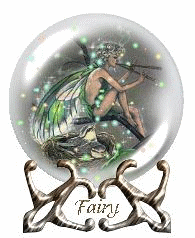
Another theory is that the fairies were
originally worshiped as gods, but with the coming of Christianity,
they lived on, in a dwindled state of power, in folk belief. In this
particular time, fairies were reputed by the church as being 'evil'
beings. Many beings who are described as deities in older tales are
described as "fairies" in more recent writings. Victorian
explanations of mythology, which accounted for all gods as metaphors
for natural events that had come to be taken literally, explained
them as metaphors for the night sky and stars. According to this
theory, fairies are personified aspects of nature and deified
abstract concepts such as ‘love’ and ‘victory’ in the pantheon of
the particular form of animistic nature worship reconstructed as the
religion of Ancient Western Europe.
A third theory was that the fairies were
a folkloric belief concerning the dead. This noted many common
points of belief, such as the same legends being told of ghosts and
fairies, the sídhe in actuality being burial mounds, it being
dangerous to eat food in both Fairyland and Hades, and both the dead
and fairies living underground
When considered as beings that a person
might actually encounter, fairies were noted for their mischief and
malice. Some pranks ascribed to them, such as tangling the hair of
sleepers into "Elf-locks", stealing small items or leading a
traveler astray, are generally harmless. But far more dangerous
behaviours were also attributed to fairies. Any form of sudden death
might stem from a fairy kidnapping, with the apparent corpse being a
wooden stand-in with the appearance of the kidnapped person.
Consumption (tuberculosis) was sometimes blamed on the fairies
forcing young men and women to dance at revels every night, causing
them to waste away from lack of rest. Fairies riding domestic
animals, such as cows or pigs or ducks, could cause paralysis or
mysterious illnesses.
As a consequence, practical
considerations of fairies have normally been advice on averting
them. In terms of protective charms, cold iron is the most familiar,
but other things are regarded as detrimental to the fairies: wearing
clothing inside out, running water, bells (especially church bells),
St. John's wort, and four-leaf clovers, among others. Some lore is
contradictory, such as Rowan trees in some tales being sacred to the
fairies, and in other tales being protection against them. In
Newfoundland folklore, the most popular type of fairy protection is
bread, varying from stale bread to hard tack or a slice of fresh
home-made bread. The belief that bread has some sort of special
power is an ancient one. Bread is associated with the home and the
hearth, as well as with industry and the taming of nature, and as
such, seems to be disliked by some types of fairies. On the other
hand, in much of the Celtic folklore, baked goods are a traditional
offering to the folk, as are cream and butter.
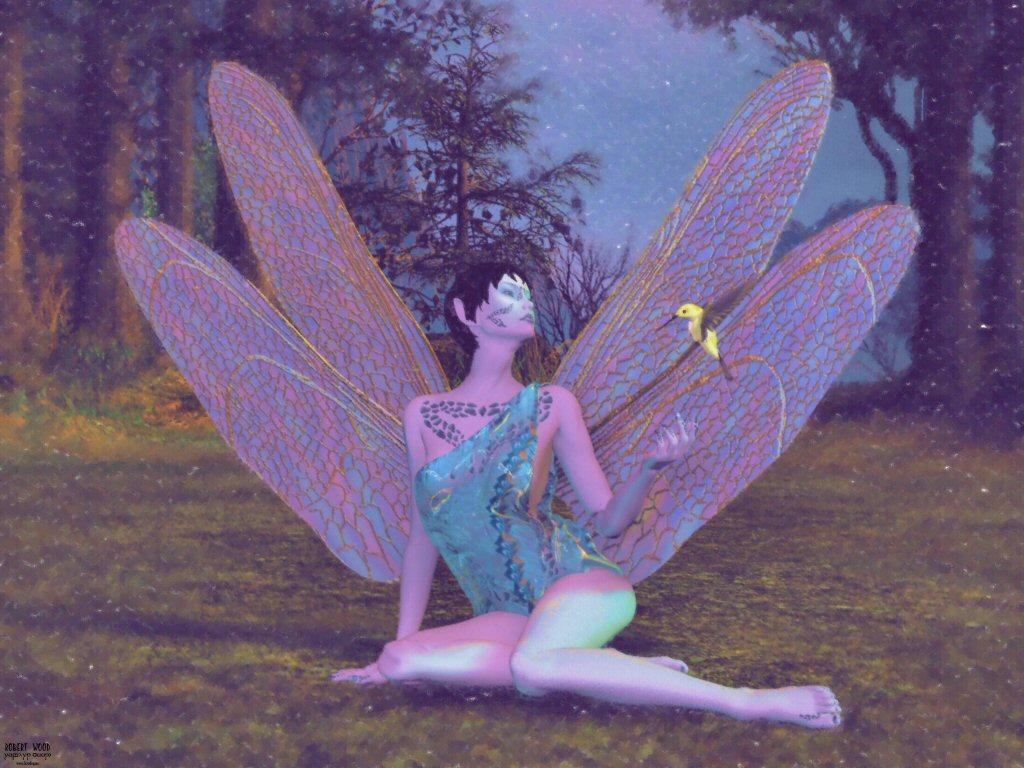
“The prototype of food, and
therefore a symbol of life, bread was one of the commonest
protections against fairies. Before going out into a
fairy-haunted place, it was customary to put a piece of dry
bread in one’s pocket.”
Bells also have an ambiguous role; while
they protect against fairies, the fairies riding on horseback — such
as the fairy queen — often have bells on their harness. This may be
a distinguishing trait between the Seelie Court from the Unseelie
Court, such that fairies use them to protect themselves from more
wicked members of their race. Another ambiguous piece of folklore
revolves about poultry: a cock's crow drove away fairies, but other
tales recount fairies keeping poultry.
In County Wexford, Ireland, in 1882, it
was reported that “if an infant is carried out after dark a piece of
bread is wrapped in its bib or dress, and this protects it from any
witchcraft or evil.”
While many fairies will confuse
travelers on the path, the will o' the wisp can be avoided by not
following it. Certain locations, known to be haunts of fairies, are
to be avoided; C. S. Lewis reported hearing of a cottage more feared
for its reported fairies than its reported ghost. In particular,
digging in fairy hills was unwise. Paths that the fairies travel are
also wise to avoid. Home-owners have knocked corners from houses
because the corner blocked the fairy path, and cottages have been
built with the front and back doors in line, so that the owners
could, in need, leave them both open and let the fairies troop
through all night. Locations such as fairy forts were left
undisturbed; even cutting brush on fairy forts was reputed to be the
death of those who performed the act. Fairy trees, such as thorn
trees, were dangerous to chop down; one such tree was left alone in
Scotland, though it prevented a road being widened for seventy
years. Good house-keeping could keep brownies from spiteful actions,
because if they didn't think the house is clean enough, they pinched
people in their sleep. Such water hags as Peg Powler and Jenny
Greenteeth, prone to drowning people, could be avoided by avoiding
the bodies of water they inhabit.
Other actions were believed to offend
fairies. Brownies were known to be driven off by being given
clothing, though some folktales recounted that they were offended by
inferior quality of the garments given, and others merely stated it,
some even recounting that the brownie was delighted with the gift
and left with it. Other brownies left households or farms because
they heard a complaint, or a compliment. People who saw the fairies
were advised not to look closely, because they resented
infringements on their privacy. The need to not offend them could
lead to problems: one farmer found that fairies threshed his corn,
but the threshing continued after all his corn was gone, and he
concluded that they were stealing from his neighbors, leaving him
the choice between offending them, dangerous in itself, and
profiting by the theft.
Millers were thought by the Scots to be
"no canny" due to their ability to control the forces of nature,
such as fire in the kiln, water in the burn, and for being able to
set machinery a-whirring. Superstitious communities sometimes
believed that the miller must be in league with the fairies. In
Scotland fairies were often mischievous and to be feared. No one
dared to set foot in the mill or kiln at night as it was known that
the fairies brought their corn to be milled after dark. So long as
the locals believed this then the miller could sleep secure in the
knowledge that his stores were not being robbed. John Fraser, the
miller of Whitehill claimed to have hidden and watched the fairies
trying unsuccessfully to work the mill. He said he decided to come
out of hiding and help them, upon which one of the fairy women gave
him a gowpen (double handful of meal) and told him to put it
in his empty girnal (store), saying that the store would
remain full for a long time, no matter how much he took out.
It is also believed that to know the
name of a particular fae could summon it to you and force it to do
your bidding. The name could be used as an insult towards the Faerie
in question, but it could also rather contradictorily be used to
grant powers and gifts to the user.
From Wikipedia, the free encyclopedia
